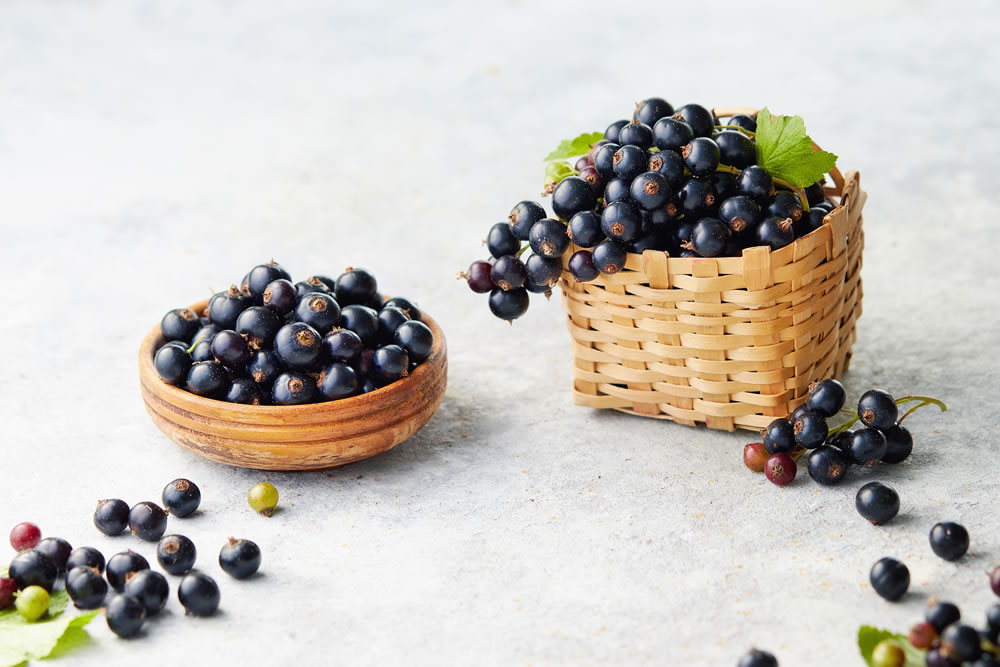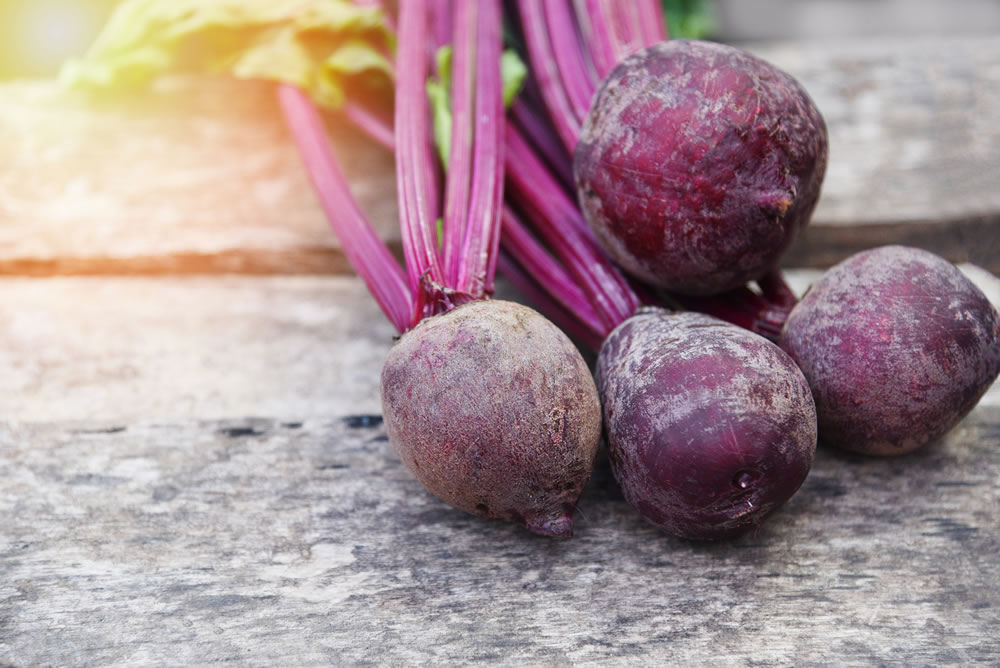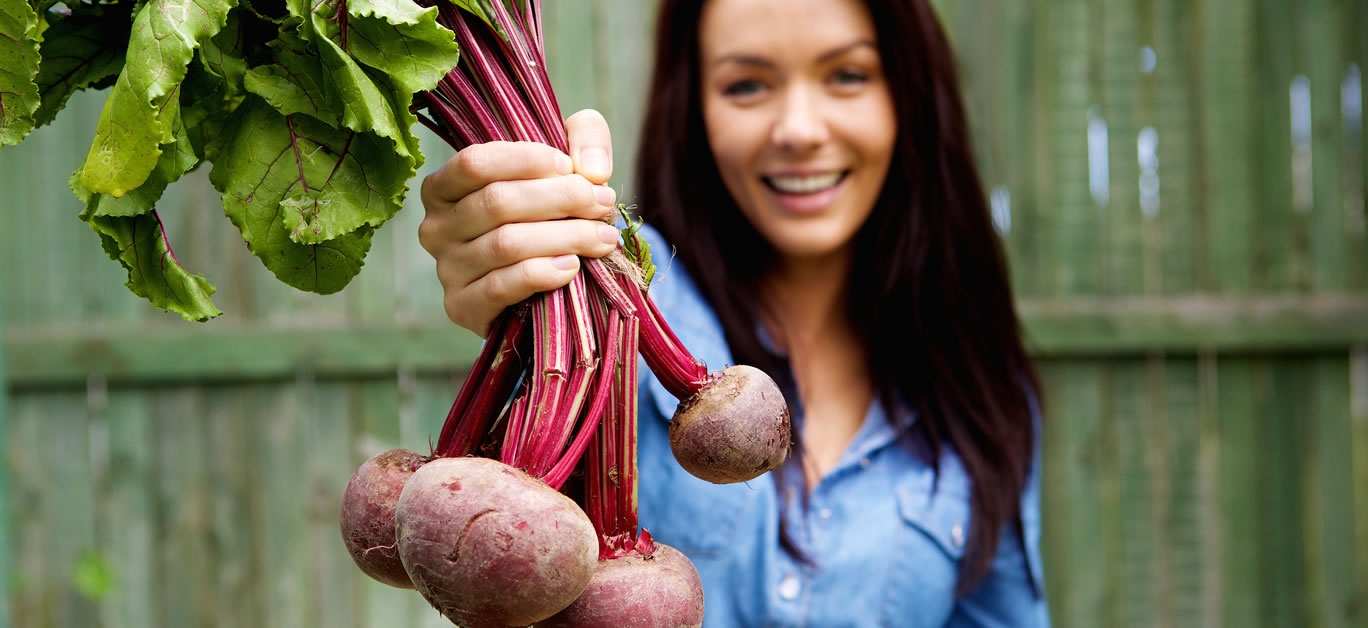Purple is the colour of kings. Historically rare and expensive to produce, the sumptuousness of purple dye has kept it the preserve of royalty for centuries. And, when it comes to diet, purple foods deserve similar sovereign status. From antioxidant-bursting berries to vegetables and beans full of vitamins, foods flourishing in a natural purple hue provide body-loving nutrient boosts you don’t want to miss.
Despite the royal relations of their colour, one in five of us are reluctant to feast on purple fare. Blue and purple are subconsciously associated with spoiled or poisonous foods, with some studies suggesting that even the sight of them can cause appetite loss. Although this might apply more to blue foods than purple (very few foods are naturally blue and it is sometimes seen as nature’s warning colour), we are often more ready to value rich red fruits or leafy greens as health-boosting gems worthy of a large portion on our plate. Yet, Mother Nature is so abundant in tasty violet-toned fruits like blueberries, blackberries, figs and damsons, as well as purple vegetables like beetroot and amethyst-coloured aubergine, that it is almost scandalous to eliminate them from your menu.
Resveratrol is one important nutrient purple fruits provide in plentiful supply. A plant compound acting much like an antioxidant, resveratrol helps to safeguard the body from damage which can leave you susceptible to conditions such as cancer and heart disease. Although few human studies have been conducted to offer conclusive evidence, we can be sure that purplish treats like red wine, red grapes and some types of berries are incredibly – and unmissably – resveratrol-rich.

It is in another antioxidant, however, that purple foods truly prevail. Anthocyanins are found in deep red, purple or blue fruits and veggies and offer an immense variety of health benefits. From cancer prevention to blood pressure support, this is one body-caring nutrient your diet deserves! It has also been applauded for its anti-ageing properties and is believed to help delay the onset of conditions such as dementia.
Each purple-tinted treat also provides a unique nutritive complex of vitamins and minerals essential to a healthy lifestyle. The soft, matte-muted blueberry, for example, is hailed as one of the first ‘superfoods’ thanks to its extraordinary supplies of vitamin C, which helps the body absorb iron, protects against cell damage and forms an important part in the production of collagen, a major component in bodily tissue. The body rapidly breaks down vitamin C – and cannot produce it independently – so must source it daily from the food we eat.
Blackcurrants are another tiny-sized powerhouse of vitamin C; they contain three times the amount of oranges. They are also, like the blueberry, exceptionally rich in anthocyanins, and it is this pairing of nutrients which bestows them with such a show-stopping array of health benefits; protecting against inflammation and preserving brain health offer just two examples.
Prunes, meanwhile, might not be the prettiest purple fruit but still contain an abundance of healthy compounds. High in fibre and deliciously fat-free, prunes are fabulous sources of potassium, vitamin A and iron, the mineral essential for red blood cell production. It’s easy to confuse purple fruits with dark and black fruits and they are likely to have different properties, so take this into consideration when you’re next filling up your basket to ensure you are getting the right foods for you.

We should also be sure to eat plenty of purple veggies: they are just as nutrient dense as their sweeter siblings. Bright, for instance, is a good source of minerals including folate, iron, manganese and potassium and is also high in nitrates. Although the health world tends to lambaste this final chemical compound as a processed meat preservative associated with heart disease, the natural nitrates in lushly tasting beetroot juice have been found to help reduce blood pressure.
Aubergine is another endlessly adaptable, rich-hued vegetable. A classic ingredient in worldwide favourites like moussaka, baba ghanoush and parmigiana, this gleaming, glossy favourite, which comes from the same family as the tomato (and is actually a berry), is high in fibre, potassium, copper and magnesium while being naturally low in fat. It is also antioxidant dense, with the skin especially rich in a brain cell protecting antioxidant named nasunin.
Eating a rainbow is a sure way to irresistible meals and all-round nutrition. And, with purple fruits and vegetables so vibrant, versatile, and vitamin-packed, they most certainly deserve a place on your plate. Beautiful and body-kind: what’s not to love?






















